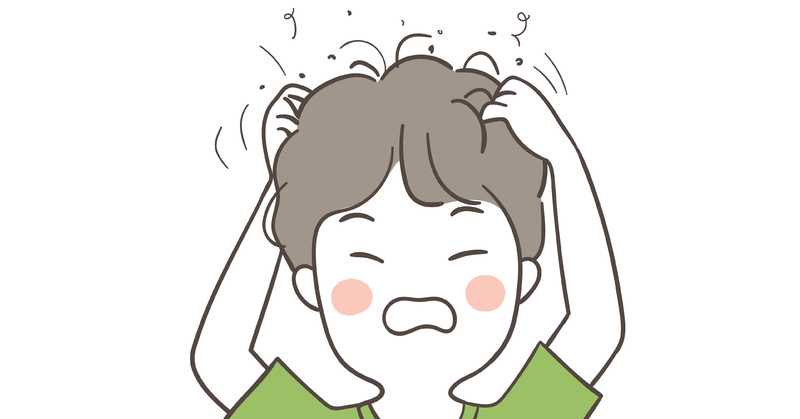
There’s no guarantee your child won’t get head lice, but these tips make it less likely they will.
School has begun, and with that comes the inevitable news that head lice is infiltrating the little heads of students. Adults cringe thinking of the hassles of dealing with a head lice outbreak. It’s not fun for parents, teachers or students. So what can you do to make it less likely your child will come home with a head full of tiny bugs?
The fact is that all kids are at risk of getting head lice if they’re around other kids. But since head lice don’t actually jump from person to person (there needs to be direct contact between heads or items that touch heads), there are steps you can take to make it less likely your kids will be among the unlucky ones that have to deal with getting rid of the annoying critters.
Here are 7 tips to help prevent head lice:
- Tell your kids not to share anything that may have come in contact with someone else’s head. This not only includes obvious things like hats, helmets, hairbrushes, headbands, barrettes and scarves, but also pillows, coats, uniforms, towels and sleeping bags.
- Encourage your child to avoid head-to-head contact during playtime or sports activities. This is not always possible since kids will be kids, but if you explain to your child why it’s important that their head not touch other kids’ heads, they may be less likely to do it.
- Remind your child to keep their coats, clothing and backpacks away from those of other kids. Explain why they should hang their stuff on their own hooks and not just throw them into a pile with everyone else’s stuff.
- Regularly clean things your child shares with other children that may come in contact with their head, such as car seats or headphones.
- Check your child’s hair for head lice at least once a week or if your child is scratching their head. Do so more often if you know about an active infestation of lice in their classroom or among children they know.
- Know where to look for lice. They are often found at the back of the head, near the neck, and behind the ears. It’s easiest to check your child’s hair while it’s damp after being washed. Not only should you look for live lice but also nits. These are very small and can be difficult to notice unless you know what you’re looking for (look up photos online if you’re not sure what they look like).
- If your child gets head lice, treat their hair with products made specifically to get rid of lice. Make sure you remove all nits. Missing some may cause the infestation to return. Wash all items that may have come in contact with their head, including clothing, bedding, car seat covers and towels. Let parents of other kids your child is in contact with know they should check their kids’ hair. Otherwise, the lice may keep spreading from person to person, even after you have gotten rid of your child’s initial infestation.
“Head lice are an extremely common problem and are not related to the cleanliness of the person. Children with head lice should not be excluded from school, however treatment should begin right away and appropriate measures should be taken to limit the spread. Contact your doctor if you have any questions about treatment options.”
Copyright 2023 © Baldwin Publishing, Inc. Health eCooks® is a registered trademark of Baldwin Publishing, Inc. Cook eKitchen™ is a designated trademark of Baldwin Publishing, Inc. Any duplication or distribution of the information contained herein without the express approval of Baldwin Publishing, Inc. is strictly prohibited.
Date Last Reviewed: July 20, 2023
Editorial Review: Andrea Cohen, Editorial Director, Baldwin Publishing, Inc. Contact Editor
Medical Review: Perry Pitkow, MD
Learn more about Baldwin Publishing Inc. editorial policy, privacy policy, ADA compliance and sponsorship policy.
No information provided by Baldwin Publishing, Inc. in any article is a substitute for medical advice or treatment for any medical condition. Baldwin Publishing, Inc. strongly suggests that you use this information in consultation with your doctor or other health professional. Use or viewing of any Baldwin Publishing, Inc. article signifies your understanding and agreement to the disclaimer and acceptance of these terms of use.